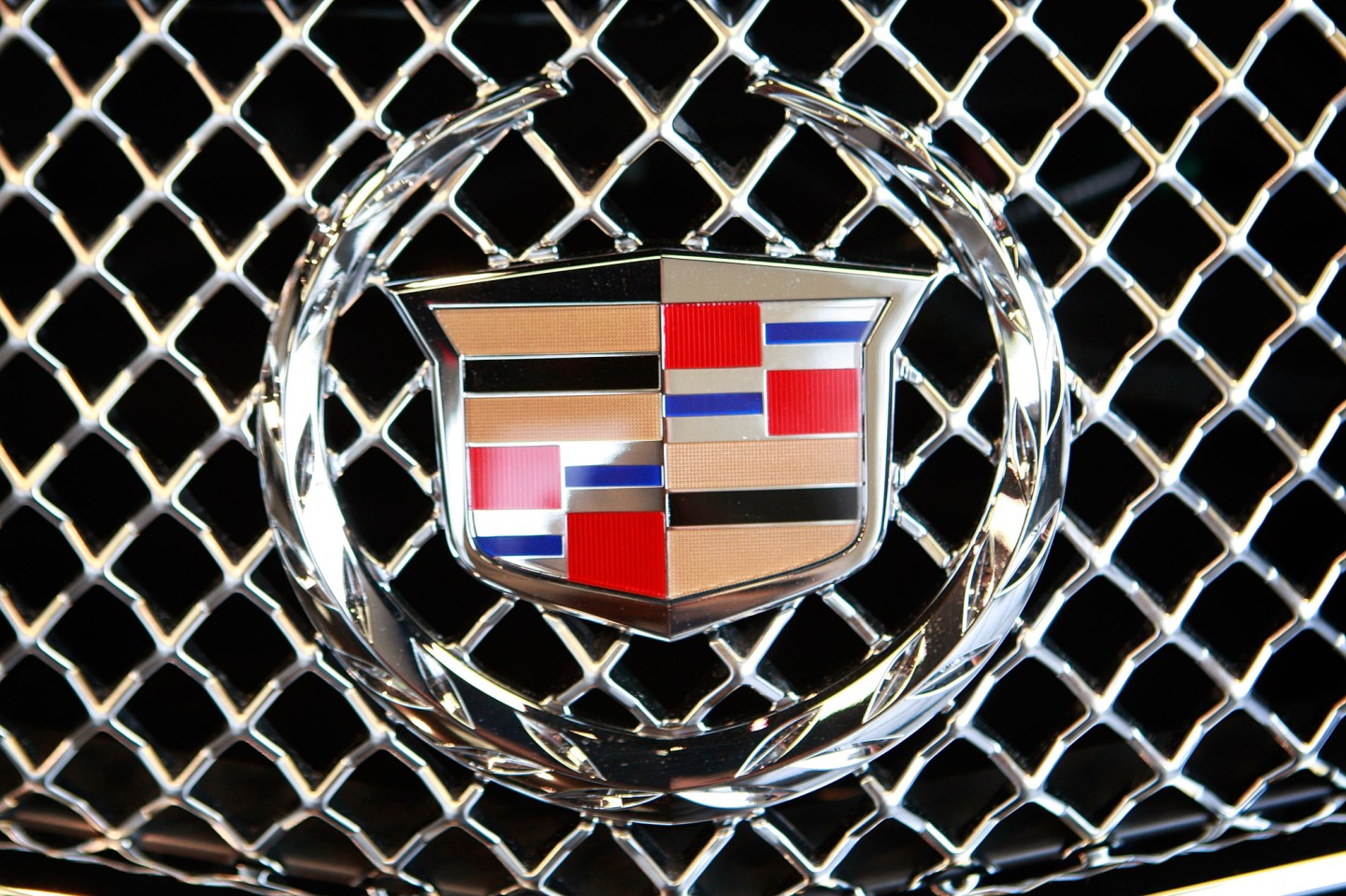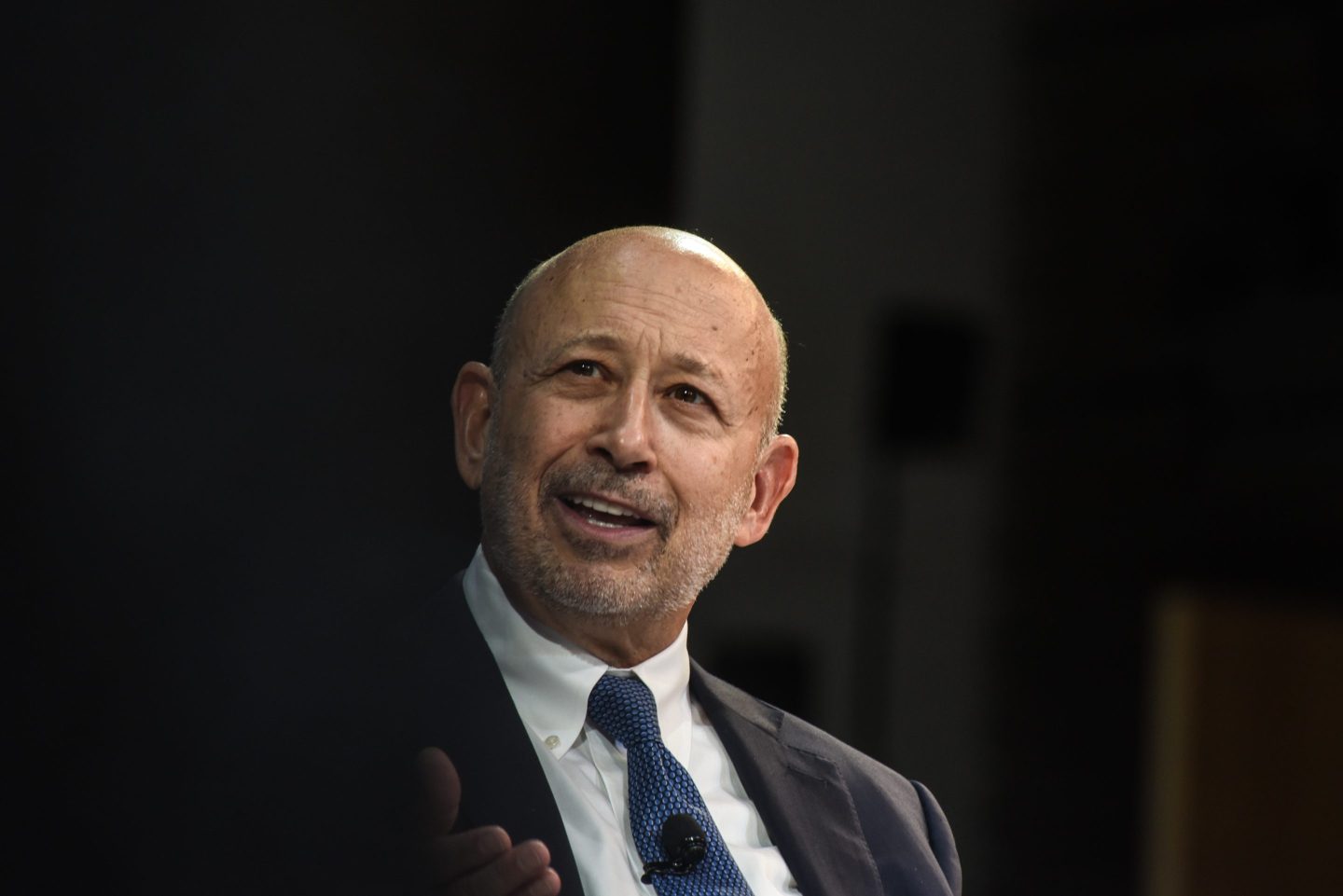A closed-door meeting for Cadillac dealers last week in Las Vegas foreshadows big changes for the luxury brand, and perhaps even bigger ones for its corporate parent, General Motors (GM).
Johan de Nysschen, recruited this summer from Nissan’s Infiniti luxury division, told franchisees that “things are going to get worse before they get better at Cadillac,” according a dealer that attended the meeting. According to latest statistics, dealers are stuck with 132 days of car inventory, compared to 45 for BMW, 52 for Mercedes-Benz and 42 for Audi, reported Automotive News, a trade publication.
With a bit of mordant humor, De Nysschen opened the seven-hour meeting by announcing a “buy one, get one free” sale of Cadillacs.
De Nysschen intends for GM to build a smaller number of Cadillacs and sell them for higher prices. When Cadillac production will fall wasn’t spelled out. The executive’s authority to undertake such a policy, which could produce less revenue for GM in the short term, was underscored by attendance at the meeting by Mary Barra, GM chief executive officer, and Dan Ammann, president of GM.
And if De Nysschen’s plan works at Cadillac, it could spread to other divisions. In other words, GM may be trying the tactic of giving up market share in the short term to reduce the need for profit-killing discounts for clearing unsold inventories of cars on dealer lots.
The change in strategy rests on the assumption that Cadillac is building better models than ever and will continue improving until it is fielding cars that are competitive with German and Japanese luxury vehicles. By overbuilding and discounting, however, GM has cheapened and undercut Cadillac’s brand image with the result that consumers don’t hold its prestige as highly, for example, as that of Mercedes-Benz or Lexus.
“I’m far more interested in the quality of the business than the quantity,” De Nysschen is quoted as saying. Sheryl Crowe was engaged to croon following once the business meeting was over.
Building fewer Cadillacs and sticking to that program will be a shock to GM’s revenue projections, since the company books revenue when cars are sold to dealers, not when they’re bought by consumers. The policy also could hurt dealers, some of whom will have to adjust their own volume projections downward – leading some to decide to sell their franchise or shut down their store.
Ultimately, a new production and pricing policy could well raise Cadillac’s prestige. De Nysschen is trying to separate the brand from everything GM, much in the manner that Volkswagen did with its Audi luxury brand, making it a top global competitor against BMW, Mercedes and Lexus. De Nysschen ran Audi in the U.S., chief among the reasons he was recruited first by Nissan and now by GM.
De Nysschen’s decision to create Cadillac as a separate business unit and move its top brass to New York has drawn compliments, while also drawing parochial jeers from some quarters in Detroit, where GM headquarters resides.
The South African native has determined to shake things up and pursue a tough course for Cadillac. The biggest danger he faces is that old-school GM managers, engineers and designers who were comfortable with the status quo will frustrate his efforts. He must win them over to be successful. That was another message Barra and Ammann were broadcasting from Las Vegas.












